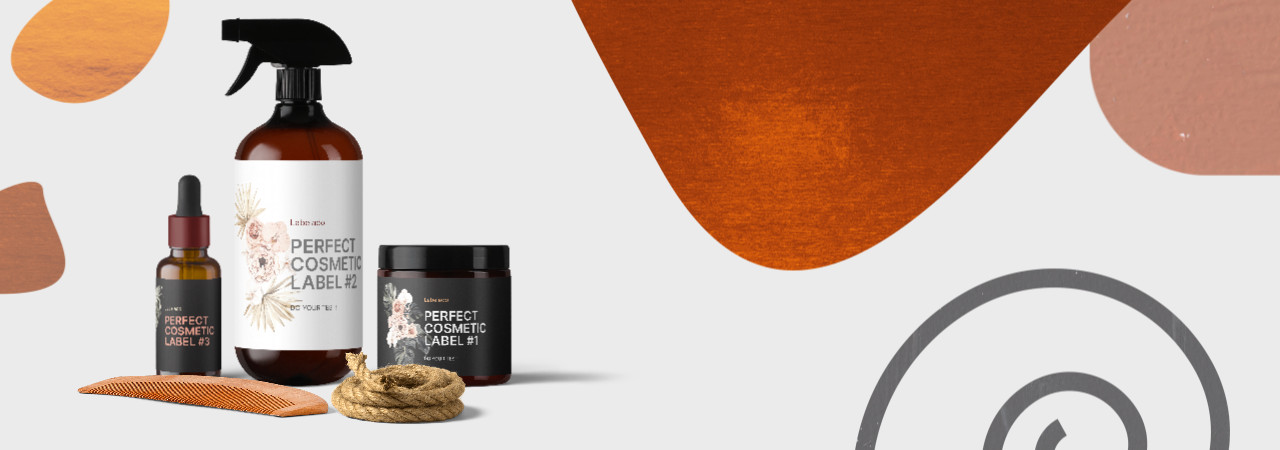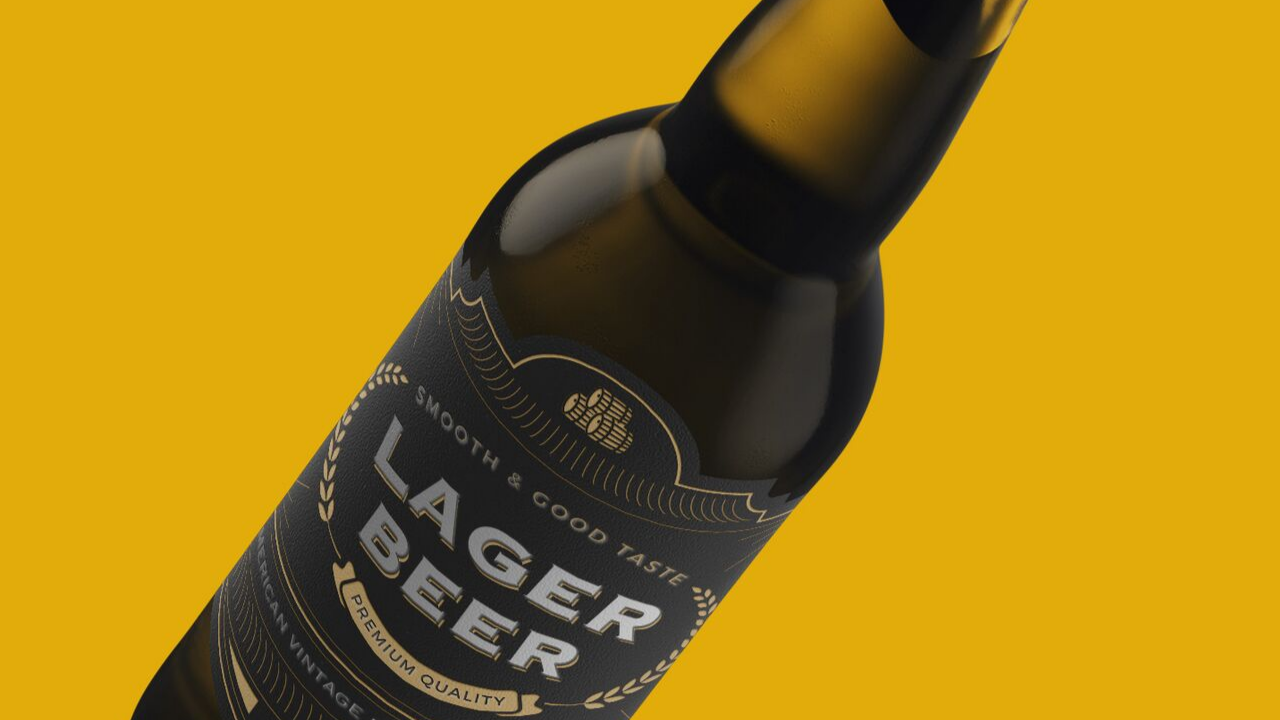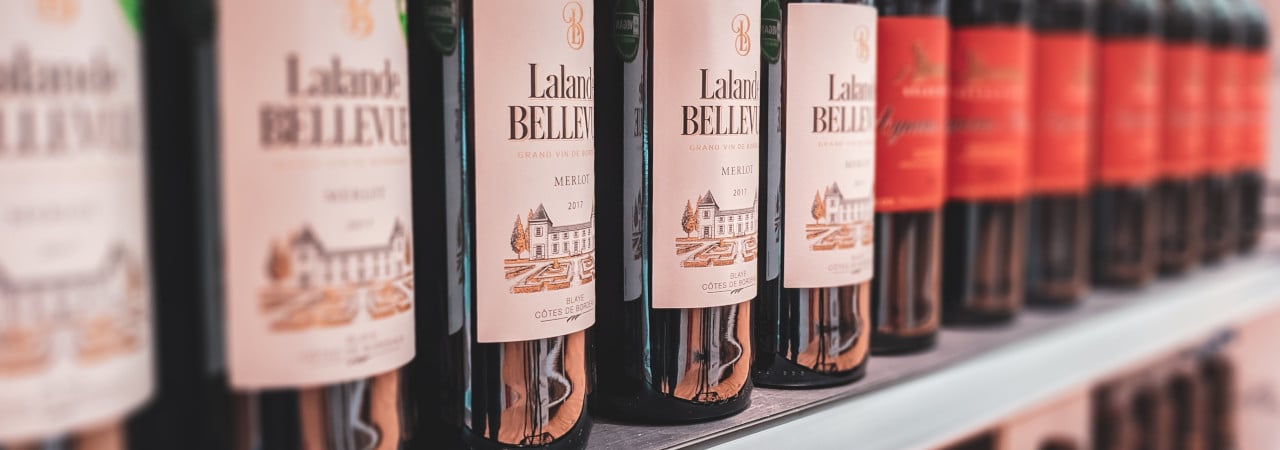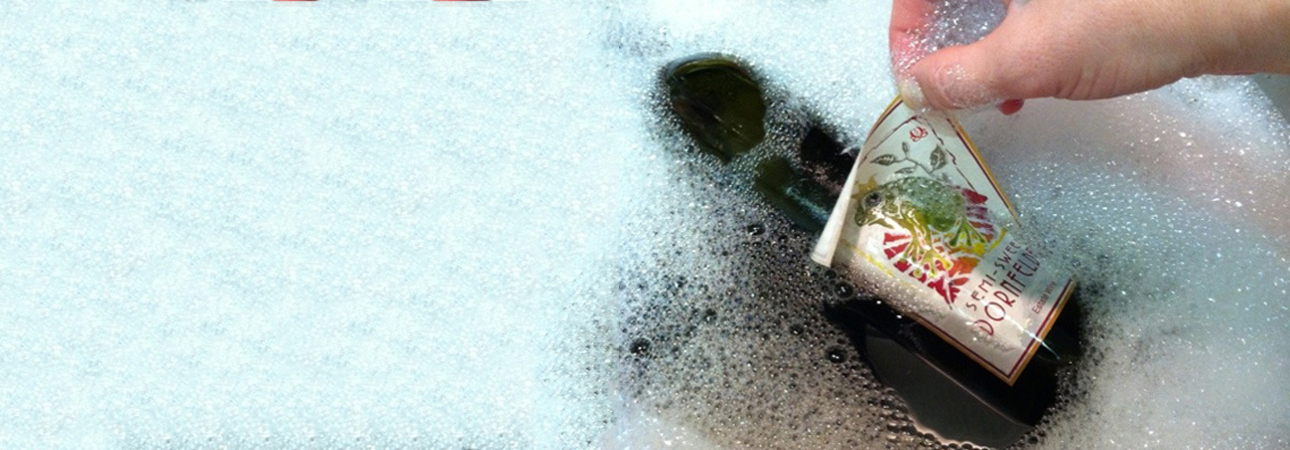Did you like the article? Share it!
Why are my red wine labels scratched?
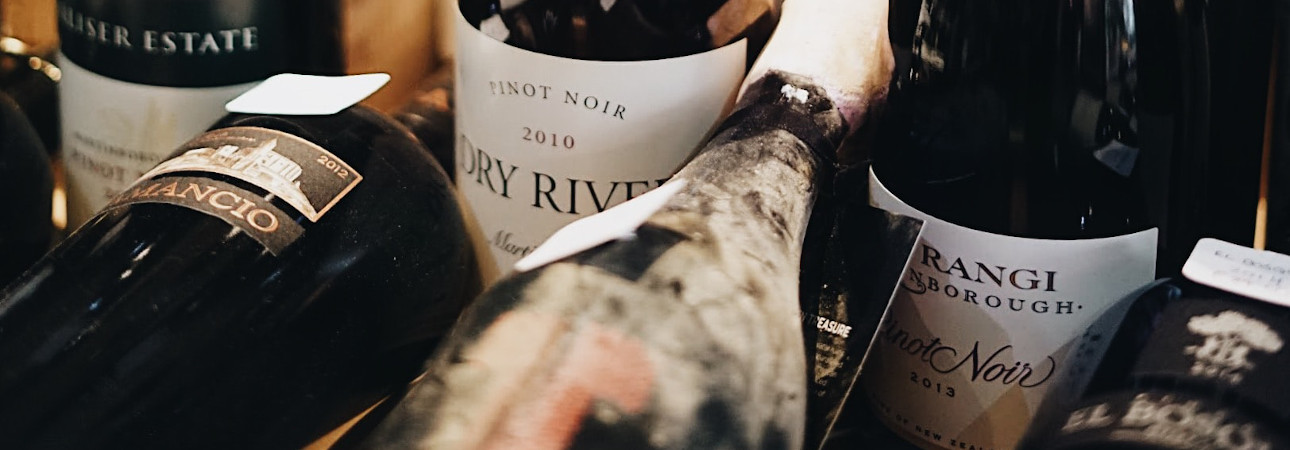
The label is the mouthpiece of your red wine. In fact, it represents the first kind of communication with your potential customer. For this reason, the adhesive red wine label must be in perfect condition, to better communicate your brand and to present the information to your customer.
Have you ever had your red wine shipped to the other side of the world and then received a call from your distributor warning you that your labels were all ruined due to the long journey? Have you ever found yourself faced with red wine labels that are easily scratched, almost at the glance? Do the ink or the finishings tend to peel off? This is undoubtedly a problem to be solved immediately so as not to risk damaging the image of your winery. In this article, we introduce you to the reasons why your red wine labels get scratched and the various solutions to avoid this problem.
Type of material
The choosen material is fundamental to determine the resistance of your red wine labels during transport and make them scratch-resistant. Paradoxically, porous, marked and non-coated papers for wine labels allow the ink to penetrate more easily inside the material, making the red wine label more resistant to abrasion and scratching. On the other hand, smooth materials such as plastics (polypropylene) and metallised papers tend to accept and retain less inks. For this reason, the supplier of red wine labels will tend to use systems such as the Corona treatment, a bombardment of electrons on the material in order to facilitate the adhesion of the ink on the material itself. Despite this precaution, we strongly recommend protecting all these substrates with a protective varnish.
Protective Varnish
As anticipated, red wine labels should always be varnished regardless the type of substrates. The varnish can be opaque, glossy or neutral and it will preserve the gloss or opaque effect of the material itself. You must always remember that in case of overprints, scratch-resistant varnishes tend to be not the optimal choice as they do not allow subsequent overprinting. For this reason, if you have to overprint your red wine label it will be necessary to reserve the varnish and communicate to the printer where the data will be overprinted (such as lots, expiration dates etc.)
Lamination
If you choose a coated paper or polypropylene, it will be possible to laminate the red wine label with another material such as adhesive polypropylene. In this way, the red wine label will be protected much more than by a simple varnish, both from bumps, scratches and even from some chemicals. The lamination of an adhesive red wine label can also be done glossy or matte, or opaque soft-touch in order to give an extra tactile effect to the red wine label. The soft touch lamination is very sensitive and therefore not recommended for a red wine label with a dark background as, being the red wine bottle a product that is held by the consumer for a long time, there is a risk that fingerprints remain on the label itself, making the red wine label look unattractive. Compared to varnish, laminating is a more expensive, but much more effective, method of scratch protection.
Transport
Transport is the arch enemy of adhesive labels, and the main cause of scratches due to abrasion. Proper packaging of your products will allow you to protect red wine labels from scratches during long transport by truck, by sea and by air. If you have to pack red wine bottles it is advisable to invest in quality separators, the low alloy cardboard could act as a glass paper and the bottles during transport will move and damage. Inside the cardboard box you can put something to hold the product in place such as shavings, scraps of wrapping etc.. If you have a substantial budget, an excellent solution also for the customer's user experience is to individually wrap the bottles of red wine in personalized tissues, perhaps sealing them with a sticker to complete the look!
While you are investing in quality red wine labels it is important to think about all the elements that could make them more resistant. Low-cost solutions such as protective varnishes, lamination, packaging and tissue papers will make your red wine more presentable even after long journeys, especially in this era in which ecommerce and remote sales are depopulating!
Next


